Home>Gardening & Outdoor>Plant Care & Gardening Tips>What Is The Hawaiian Plant That Is Not Native To Hawaii
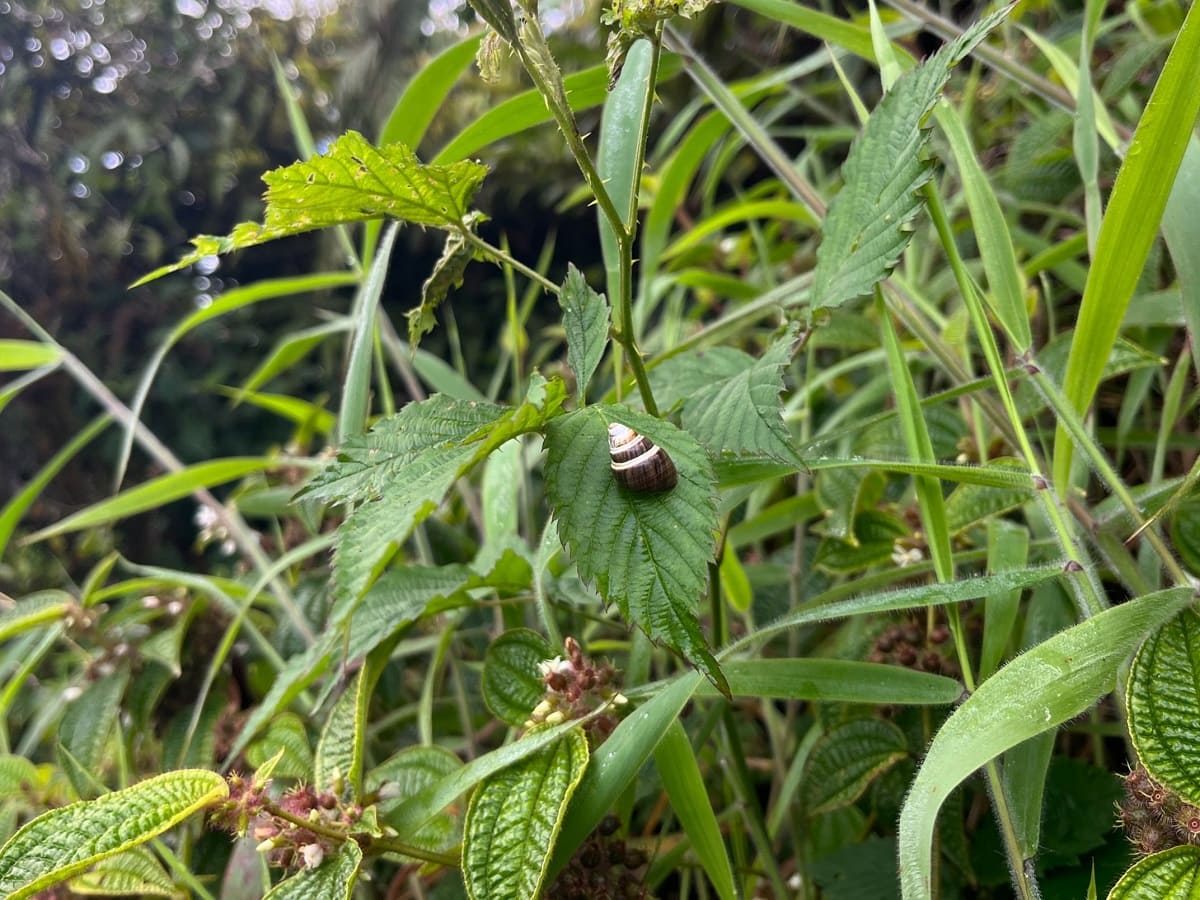

Plant Care & Gardening Tips
What Is The Hawaiian Plant That Is Not Native To Hawaii
Modified: January 9, 2024
Discover the non-native Hawaiian plant and get expert plant care and gardening tips to maintain a thriving garden. Learn more about this unique plant species.
(Many of the links in this article redirect to a specific reviewed product. Your purchase of these products through affiliate links helps to generate commission for Storables.com, at no extra cost. Learn more)
Introduction
Hawaii, renowned for its breathtaking landscapes and diverse flora, is home to a myriad of plant species. However, not all of these plants are native to the islands. The introduction of non-native plants to Hawaii has had both positive and negative effects on the local ecosystem. In this article, we will explore the history of non-native plants in Hawaii, focusing on one particularly invasive species: the strawberry guava. We will delve into the impact of this plant on Hawaii's delicate ecosystem and examine the ongoing efforts to control its spread. By shedding light on this issue, we hope to raise awareness about the importance of preserving Hawaii's unique indigenous flora and fauna. Join us on this journey as we uncover the story of the non-native plants that have found their way to the paradise of Hawaii.
Key Takeaways:
- The strawberry guava, a non-native plant in Hawaii, has invaded the islands and disrupted the delicate ecosystem, threatening native plants and wildlife.
- Conservation efforts, including manual removal and biocontrol, are underway to protect Hawaii’s unique biodiversity and restore the balance of its natural landscapes.
Read more: What Is A Native Plant
History of Non-Native Plants in Hawaii
The history of non-native plants in Hawaii is intertwined with the islands’ complex human and natural ecosystems. Polynesian voyagers first arrived in Hawaii over a millennium ago, bringing with them a variety of plants for cultivation, such as taro, sweet potato, and breadfruit. These early introductions significantly altered the landscape and set the stage for future interactions between native and non-native flora.
However, the most significant influx of non-native plants occurred after Captain James Cook’s arrival in the late 18th century, as European and American settlers brought a wide array of plants to the islands. Many of these newcomers, including ornamental flowers, fruit trees, and agricultural crops, found a hospitable environment in Hawaii’s fertile soil and favorable climate.
While some non-native plants have coexisted harmoniously with the native flora, others have posed serious threats to Hawaii’s indigenous ecosystems. Invasive plants, such as strawberry guava, have aggressively spread across the islands, outcompeting native species and disrupting delicate ecological balances.
Today, Hawaii faces the challenge of managing non-native plants to protect the unique biodiversity that defines the islands. The history of non-native plants in Hawaii serves as a reminder of the complex relationships between humans, plants, and the environment, and the need to carefully steward the natural resources of these extraordinary islands.
The Invasive Hawaiian Plant: Strawberry Guava
Among the non-native plants that have made their home in Hawaii, the strawberry guava (Psidium cattleianum) stands out as one of the most invasive and ecologically disruptive species. Originally native to eastern Brazil, this small tree or shrub was introduced to Hawaii in the early 19th century for its edible fruit and as an ornamental plant. With its ability to thrive in diverse habitats, strawberry guava quickly established itself in the wild, spreading across the islands with remarkable speed.
The strawberry guava’s distinctive oval leaves, fragrant white flowers, and flavorful red or yellow fruits have made it a popular choice for landscaping. However, its rapid proliferation in Hawaii’s forests and natural areas has raised concerns among conservationists and ecologists. The plant’s ability to form dense thickets and outcompete native vegetation poses a significant threat to the ecological balance of the islands.
One of the key factors contributing to the strawberry guava’s invasiveness is its high reproductive capacity. The plant produces abundant fruit, which are eagerly consumed and dispersed by birds and other wildlife. This efficient dispersal mechanism has facilitated the plant’s spread to new areas, further exacerbating its impact on Hawaii’s ecosystems.
Despite its invasive nature, the strawberry guava has also garnered attention for its potential ecological and economic benefits. Its fruits, reminiscent of a cross between strawberry and guava, are enjoyed by humans and wildlife alike. Efforts to manage the strawberry guava have thus sparked debates about the trade-offs between conservation and the potential uses of this non-native species.
As we delve deeper into the story of the strawberry guava, it becomes clear that its presence in Hawaii represents a complex and multifaceted ecological challenge. The next section will explore the impact of this invasive plant on Hawaii’s delicate and unique ecosystem.
The Hawaiian plant that is not native to Hawaii is the coconut palm. It was brought to the islands by early Polynesian settlers and is now a significant part of the Hawaiian landscape.
Impact on Hawaii’s Ecosystem
The strawberry guava’s relentless spread across Hawaii has had profound and far-reaching impacts on the islands’ delicate ecosystem. As an invasive species, it competes with native plants for resources such as sunlight, water, and nutrients, often outcompeting and displacing them. This disruption can lead to a decline in native plant populations, altering the composition and structure of Hawaii’s forests and natural habitats.
Furthermore, the dense thickets formed by strawberry guava can impede the regeneration of native vegetation and hinder the growth of young trees, perpetuating the plant’s dominance in affected areas. This transformation of the landscape can have cascading effects on the diverse array of native flora and fauna that call Hawaii home, potentially leading to a loss of biodiversity and ecological resilience.
In addition to its impact on native vegetation, the strawberry guava’s presence can also alter soil chemistry and nutrient cycling in affected areas. This can further disrupt the delicate balance of Hawaii’s ecosystems, affecting the availability of essential nutrients for native plants and microorganisms.
Moreover, the spread of strawberry guava can have implications for water resources in Hawaii. By altering the hydrological cycle and increasing water consumption, invasive plants like the strawberry guava can influence the availability of water in watersheds and impact the overall health of aquatic ecosystems.
These ecological impacts highlight the urgent need to address the spread of invasive plants like the strawberry guava in Hawaii. Conservation efforts and restoration initiatives are essential to mitigate the effects of invasive species and preserve the unique biodiversity of the islands.
As we continue our exploration, we will delve into the ongoing efforts to control the spread of the strawberry guava and protect Hawaii’s invaluable natural heritage.
Efforts to Control Strawberry Guava
Recognizing the ecological threat posed by the invasive strawberry guava, conservationists, researchers, and government agencies in Hawaii have mobilized efforts to control its spread and mitigate its impact on the islands’ ecosystems. These efforts encompass a range of strategies aimed at managing and, where feasible, reducing the presence of strawberry guava in natural areas.
One approach to controlling the spread of strawberry guava involves targeted removal and eradication efforts in ecologically sensitive areas. Conservation organizations and land management agencies have undertaken projects to manually remove strawberry guava plants and restore native vegetation in affected habitats. These restoration efforts play a crucial role in reclaiming the ecological integrity of impacted areas and fostering the recovery of native plant communities.
In addition to manual removal, innovative methods such as biocontrol have been explored as potential tools for managing invasive strawberry guava populations. Biocontrol involves the introduction of natural enemies, such as insects or pathogens, to suppress the growth and spread of invasive plants. Extensive research and careful evaluation are essential to ensure that biocontrol measures are effective and environmentally safe.
Furthermore, public awareness and community engagement initiatives have played a vital role in addressing the challenge of invasive species in Hawaii. Educational programs, volunteer opportunities, and outreach efforts have empowered local communities to participate in the conservation and restoration of Hawaii’s natural landscapes. By fostering a sense of stewardship and environmental responsibility, these initiatives contribute to the collective effort to protect the islands’ unique ecosystems.
Collaboration between stakeholders, including government agencies, conservation organizations, researchers, and local communities, is fundamental to the success of efforts to control strawberry guava and other invasive plants in Hawaii. By working together, sharing knowledge, and implementing science-based solutions, these stakeholders strive to safeguard the ecological resilience and biodiversity of the islands.
While the challenges posed by invasive species are complex, the dedication and ingenuity of those involved in conservation and restoration efforts offer hope for the preservation of Hawaii’s natural heritage. The ongoing commitment to addressing the impact of invasive plants reflects a shared commitment to protecting the unique ecosystems that define the beauty and richness of the islands.
Read more: What Is A Non-Native Plant
Conclusion
The story of non-native plants in Hawaii, epitomized by the invasive strawberry guava, serves as a compelling reminder of the intricate relationships between plants, ecosystems, and human activities. From the early introductions by Polynesian voyagers to the more recent arrivals brought by global trade and horticultural enthusiasts, non-native plants have left an indelible mark on the islands’ landscapes and natural heritage.
While some non-native plants have enriched Hawaii’s cultural and agricultural tapestry, others have posed significant challenges to the islands’ unique biodiversity. The invasive nature of plants like the strawberry guava underscores the importance of understanding and addressing the ecological impacts of non-native species on Hawaii’s delicate ecosystems.
The impact of invasive plants on Hawaii’s ecosystems extends beyond the displacement of native flora; it encompasses the intricate web of interactions that sustain the islands’ ecological balance. By disrupting nutrient cycles, altering water resources, and diminishing biodiversity, invasive plants can fundamentally transform the fabric of Hawaii’s natural landscapes.
However, the dedicated efforts of conservationists, researchers, and community members offer hope for the preservation and restoration of Hawaii’s native ecosystems. Through targeted removal, restoration initiatives, biocontrol research, and community engagement, stakeholders are actively working to mitigate the impact of invasive species and safeguard the islands’ ecological resilience.
As we reflect on the complex dynamics of non-native plants in Hawaii, we are reminded of the interconnectedness of all living beings and the imperative of responsible stewardship of the natural world. By embracing a holistic approach to conservation and fostering a deep appreciation for Hawaii’s indigenous flora, we can nurture a future where the islands’ ecosystems thrive in harmony with their human inhabitants.
Ultimately, the story of non-native plants in Hawaii is an invitation to cultivate a profound respect for the intricate tapestry of life that defines the islands. It is a call to action to preserve and protect the invaluable natural heritage of Hawaii for generations to come, ensuring that its landscapes continue to inspire wonder and awe for centuries to come.
Frequently Asked Questions about What Is The Hawaiian Plant That Is Not Native To Hawaii
Was this page helpful?
At Storables.com, we guarantee accurate and reliable information. Our content, validated by Expert Board Contributors, is crafted following stringent Editorial Policies. We're committed to providing you with well-researched, expert-backed insights for all your informational needs.
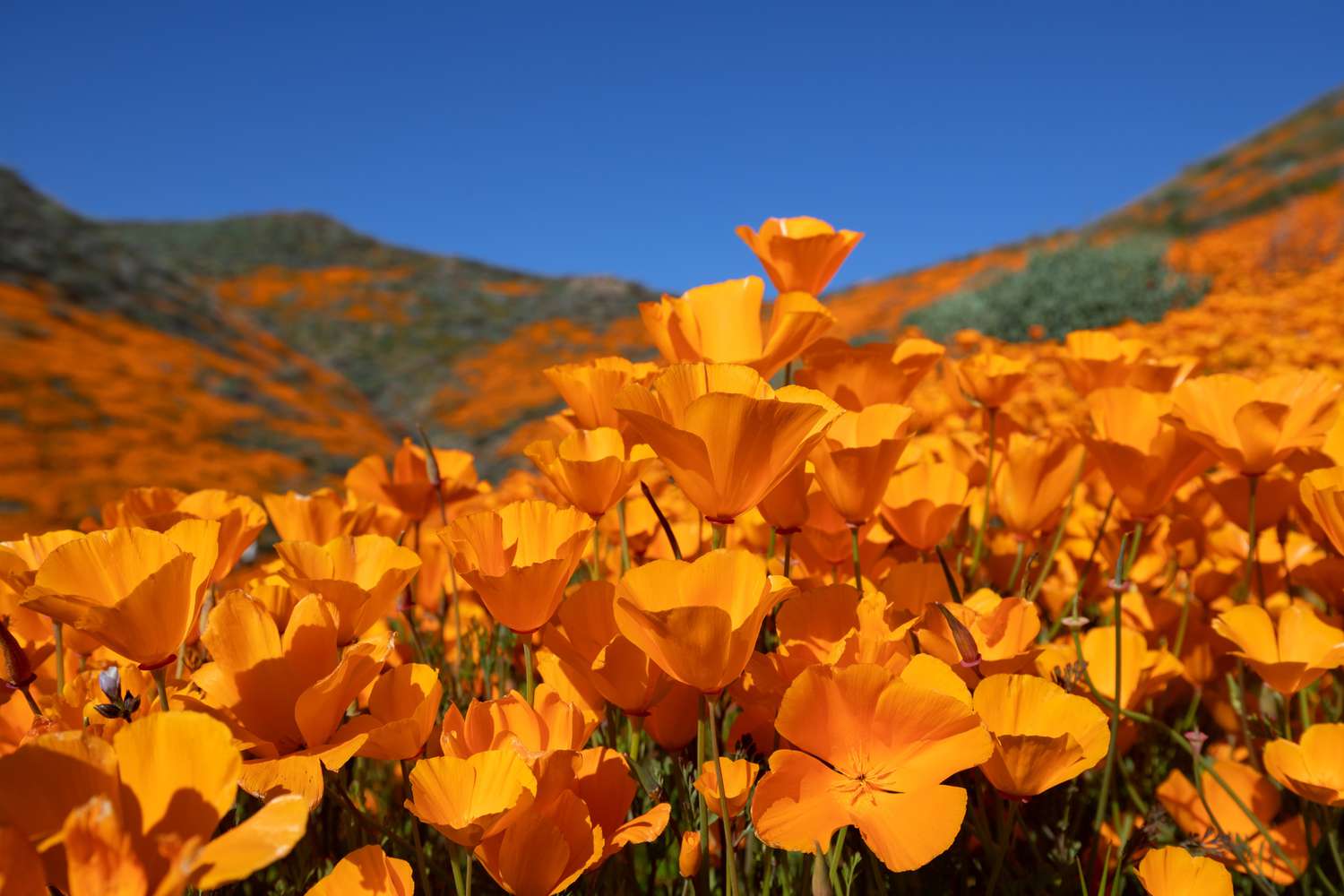
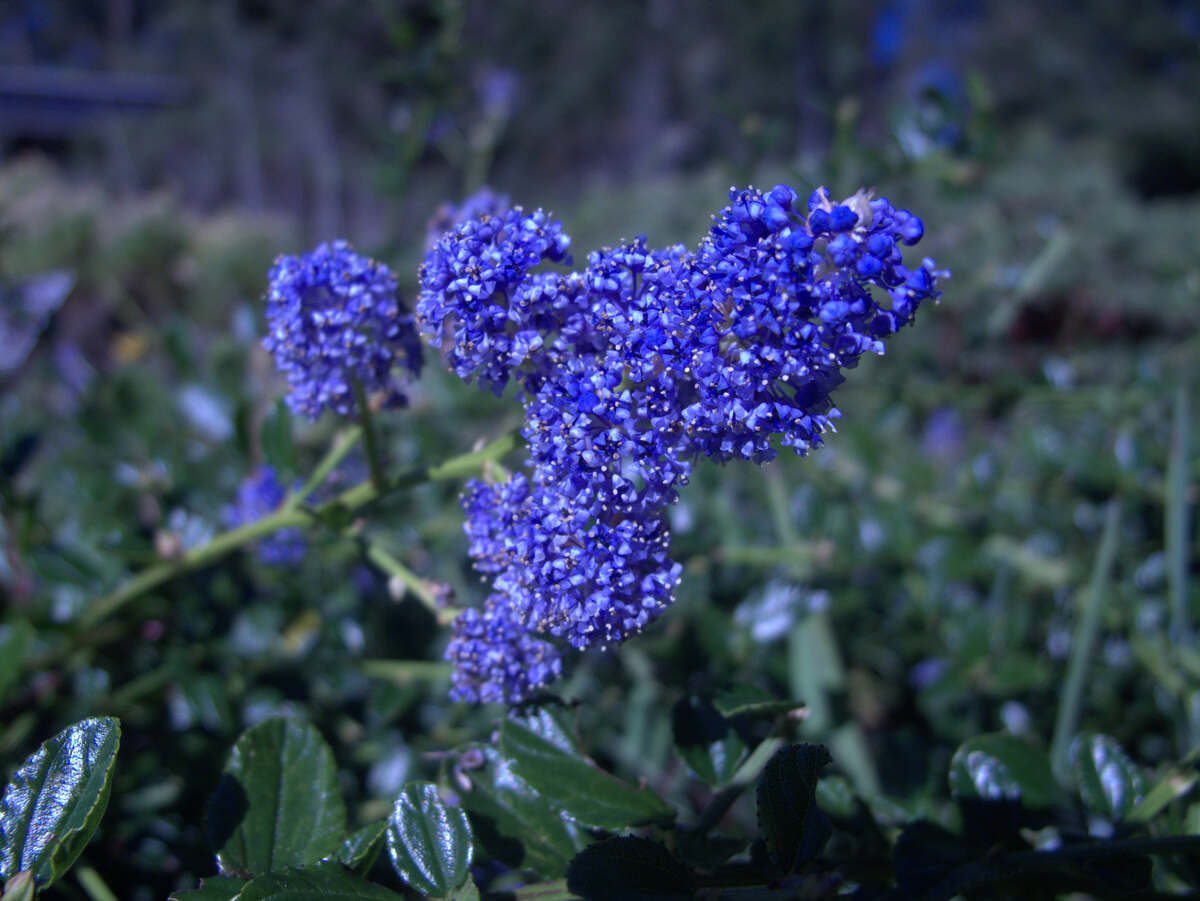
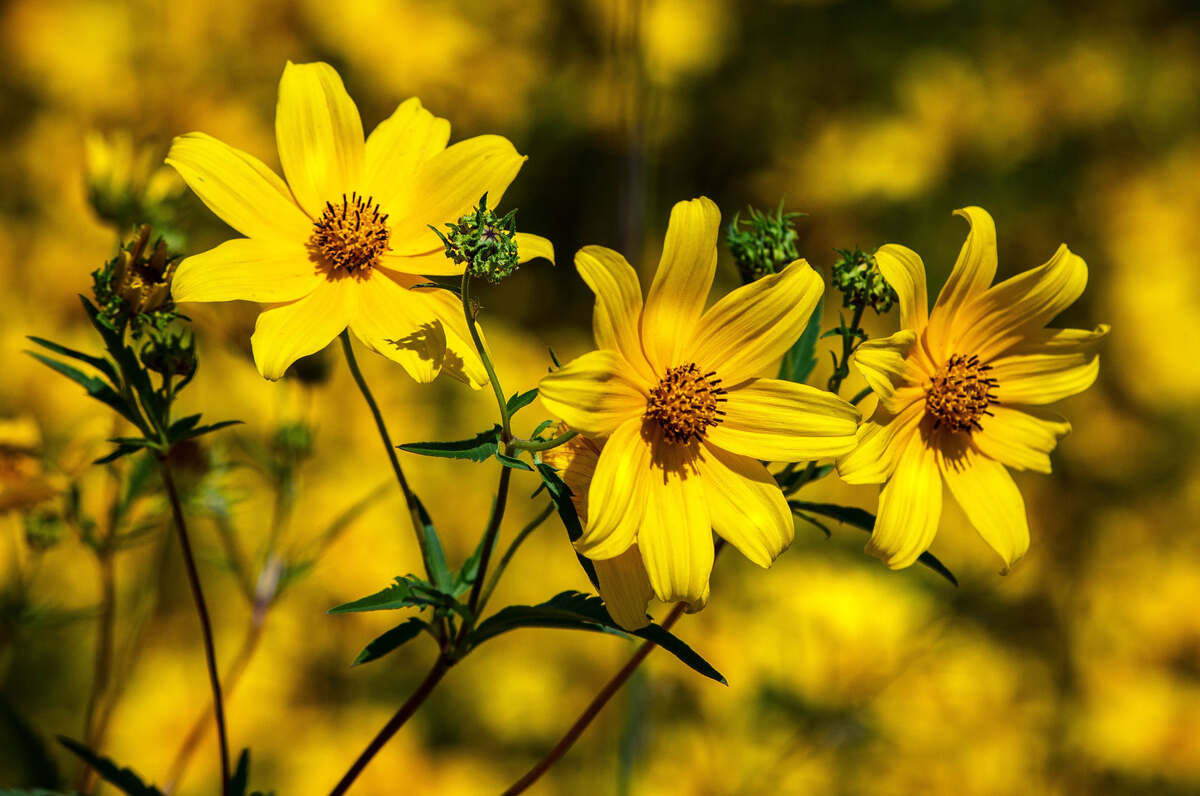
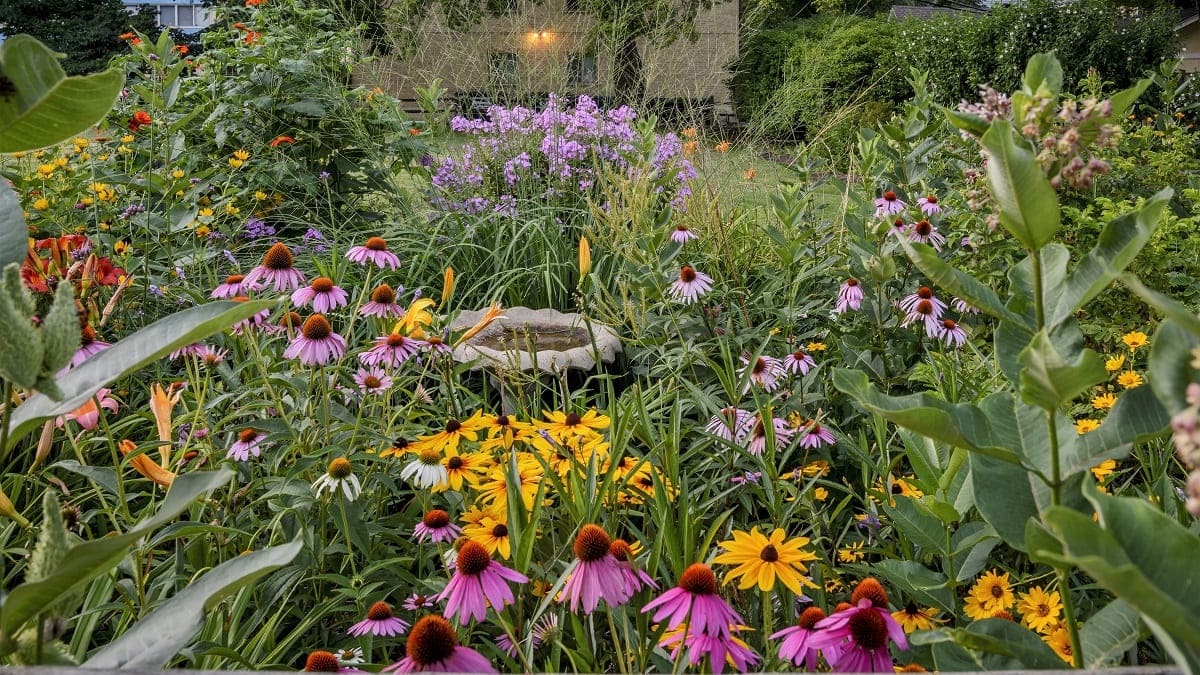
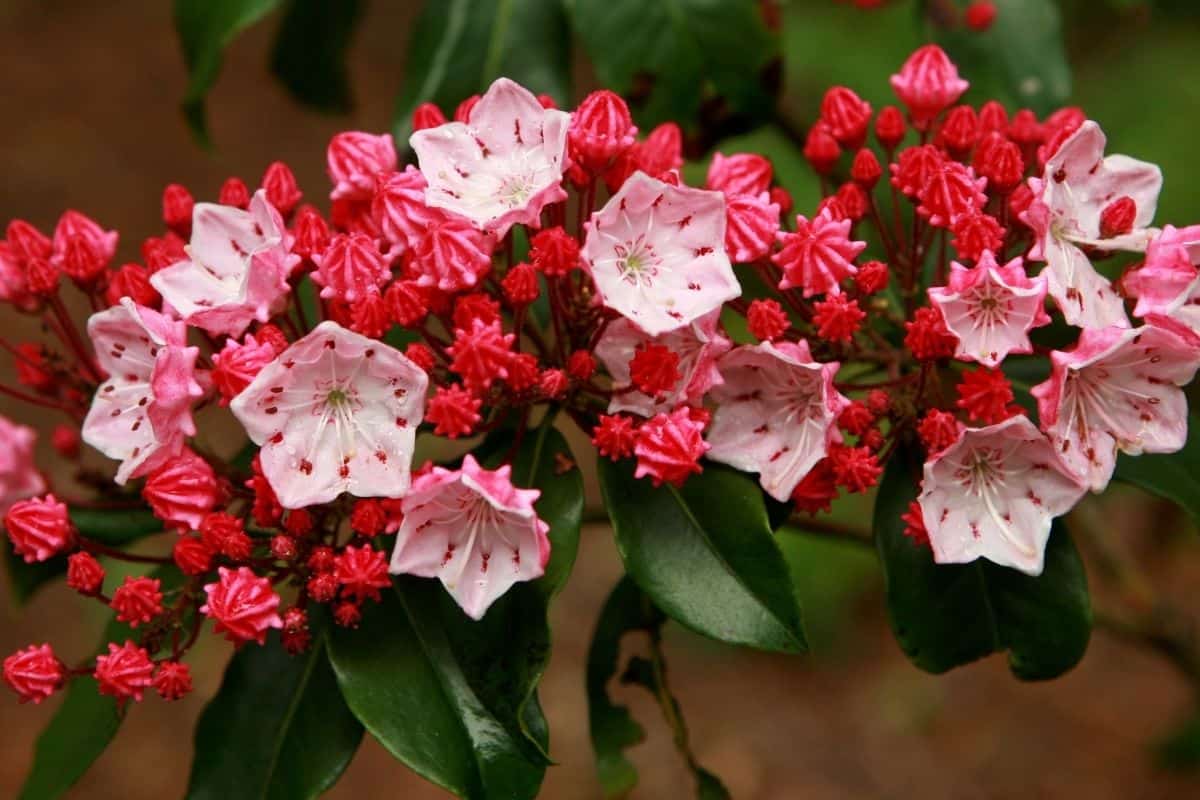
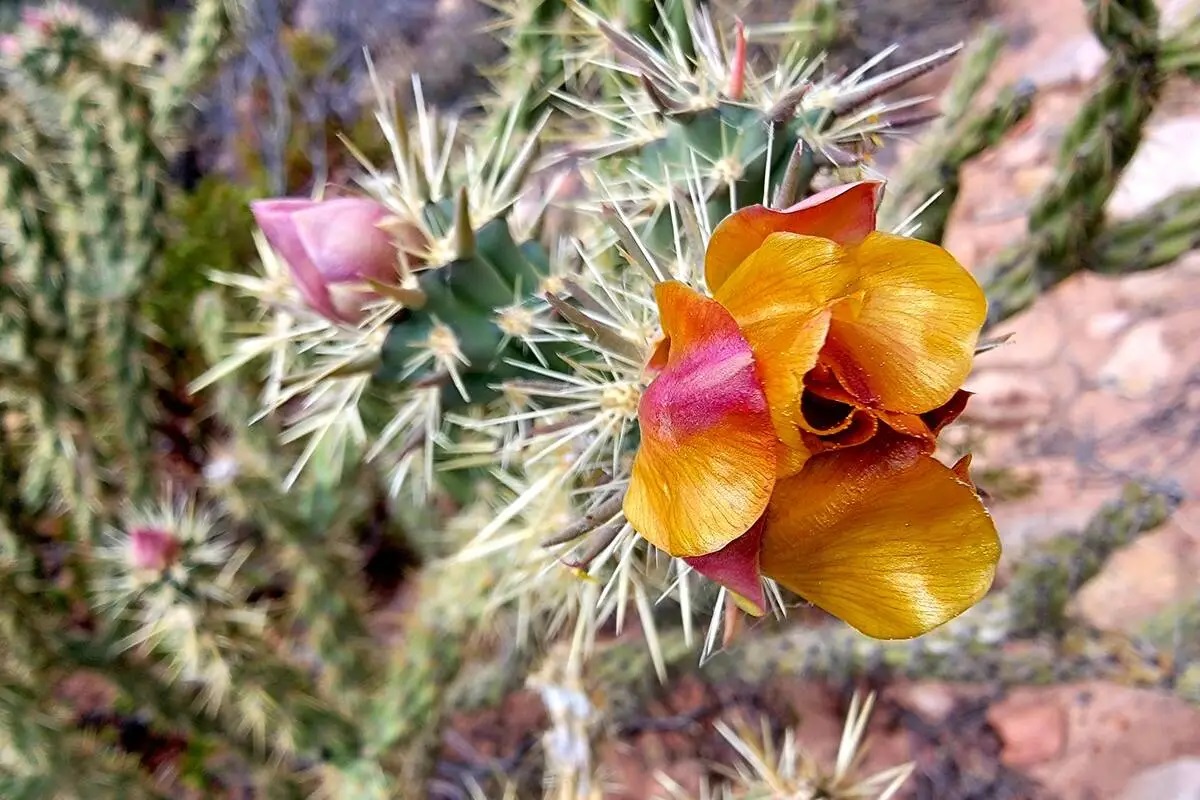
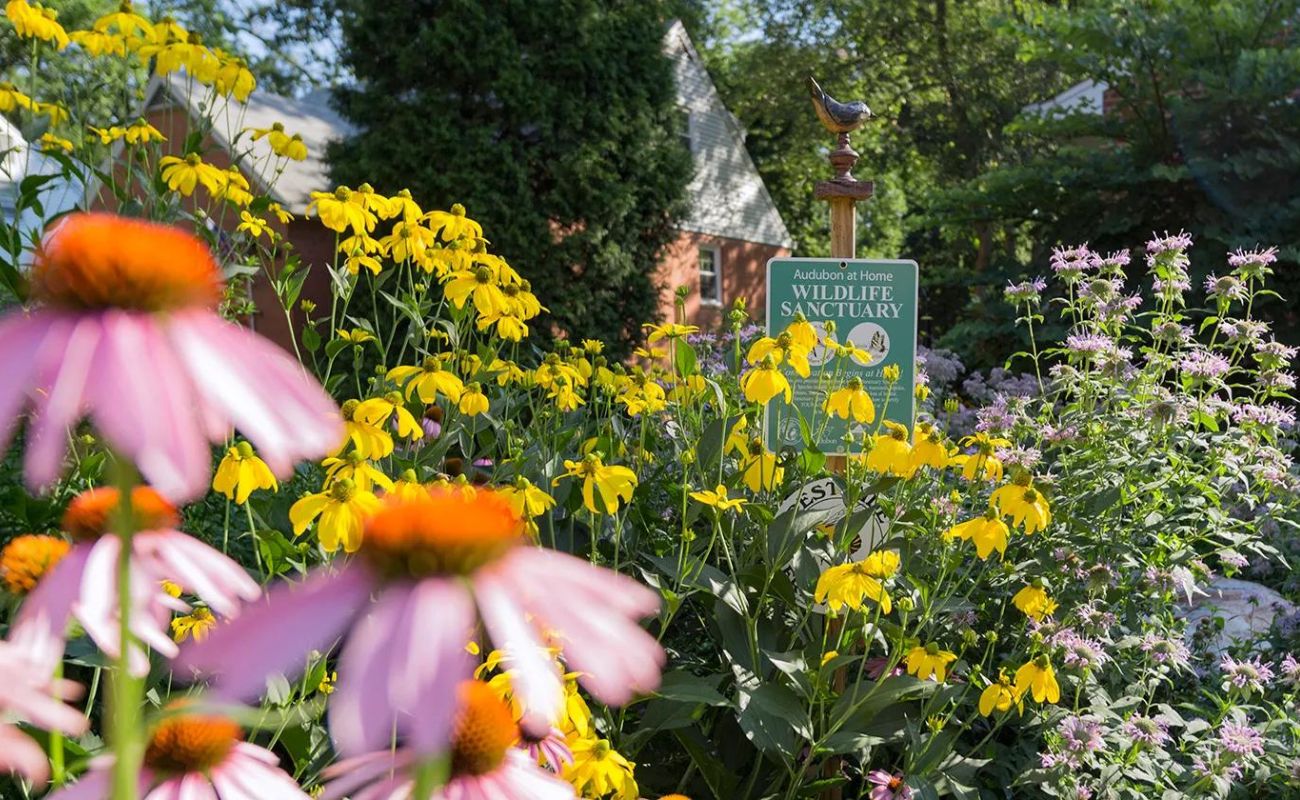

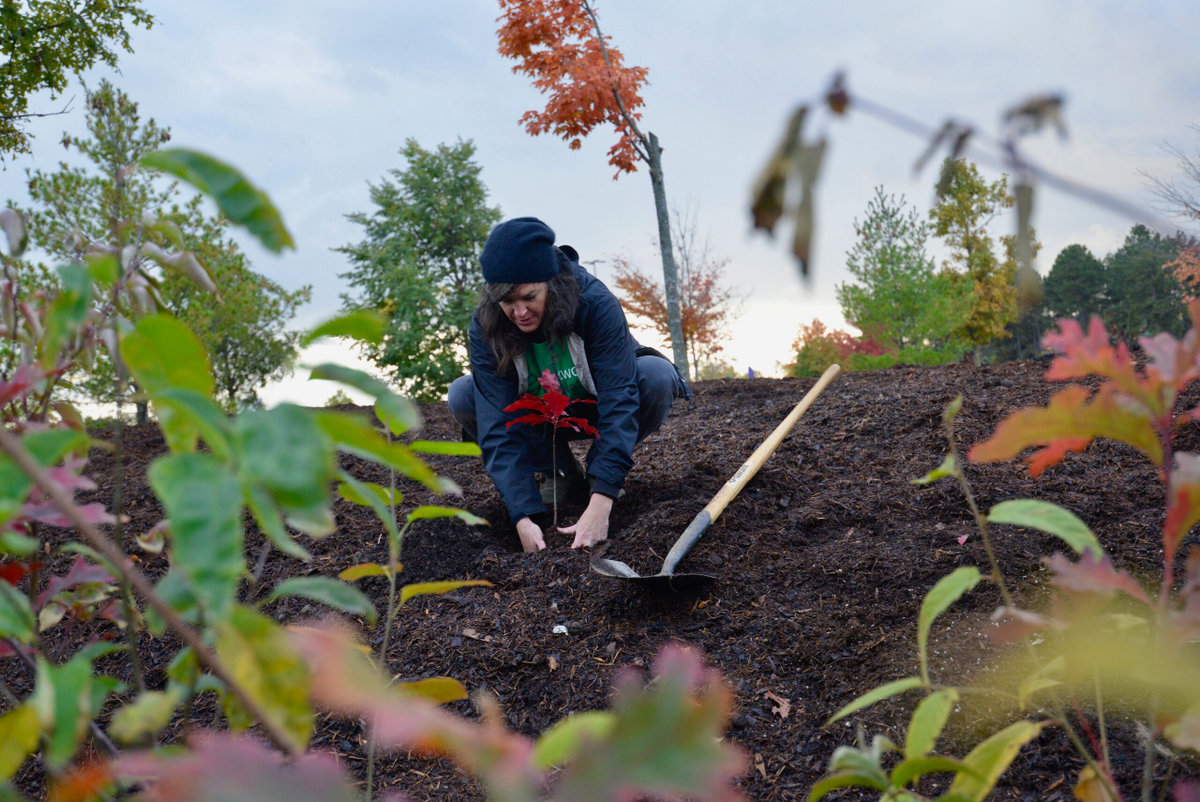
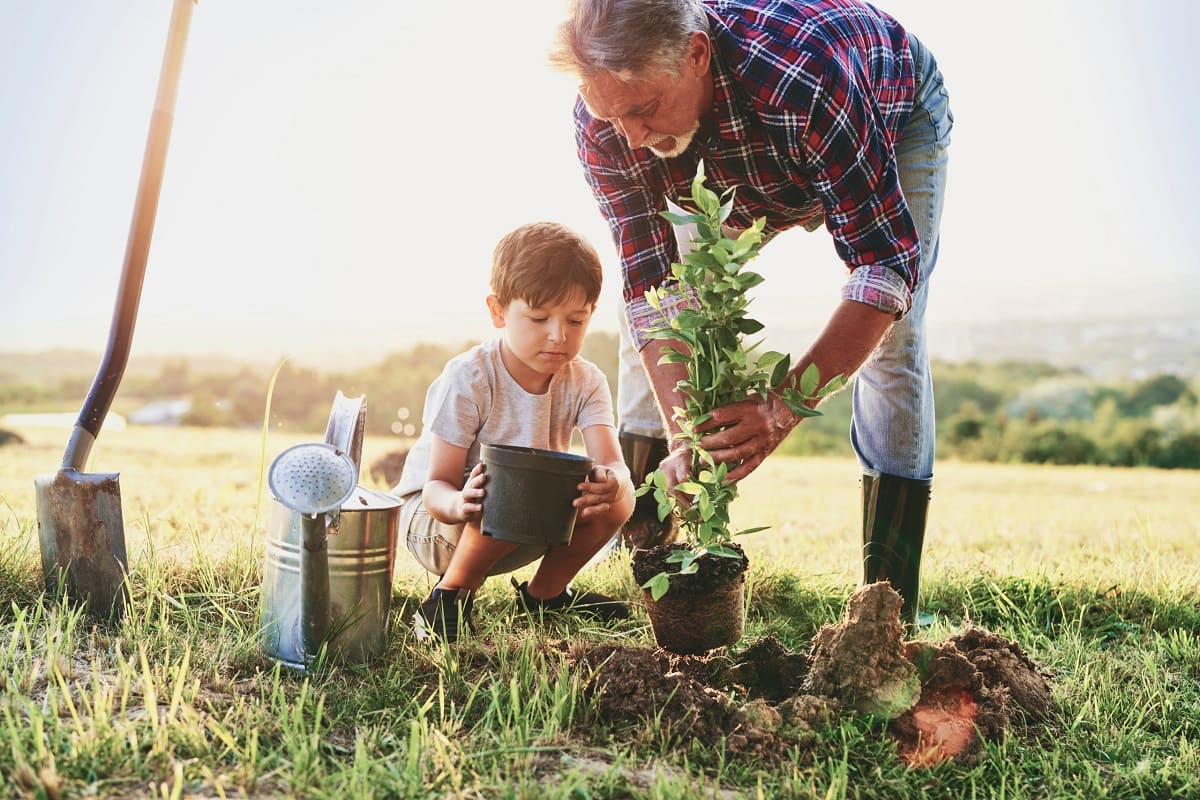
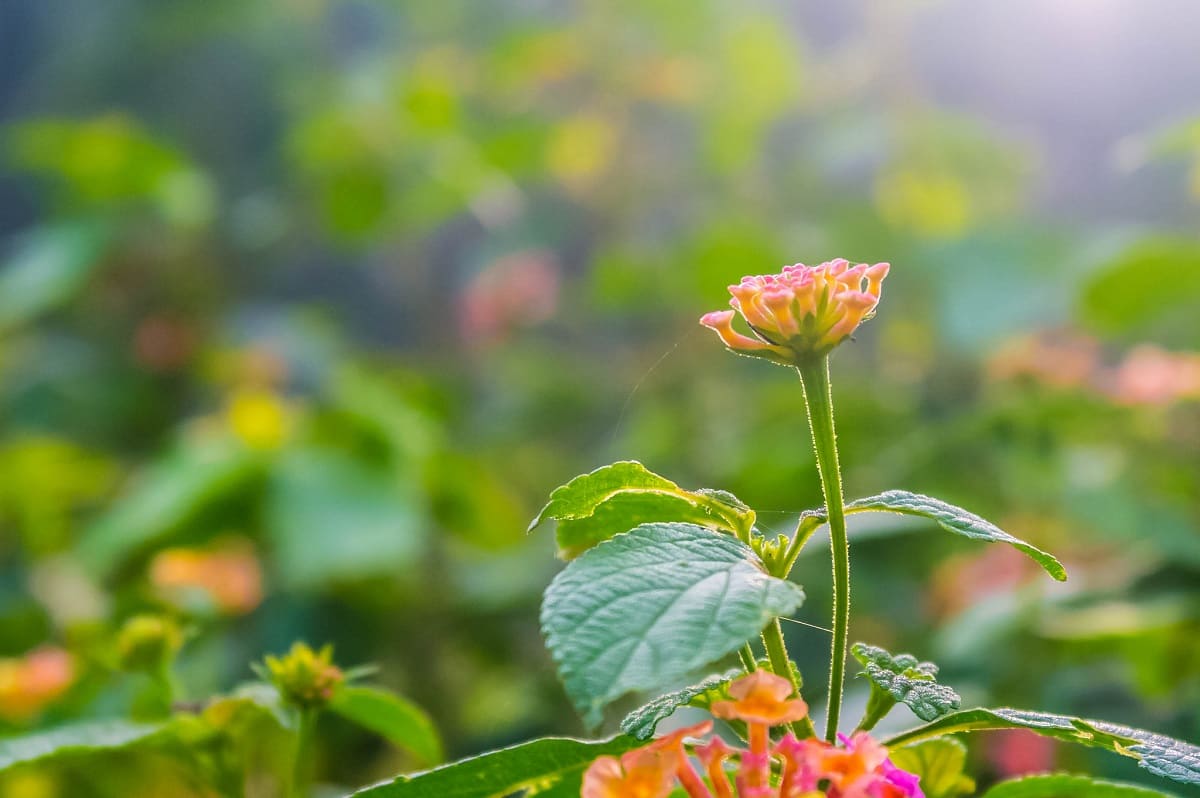
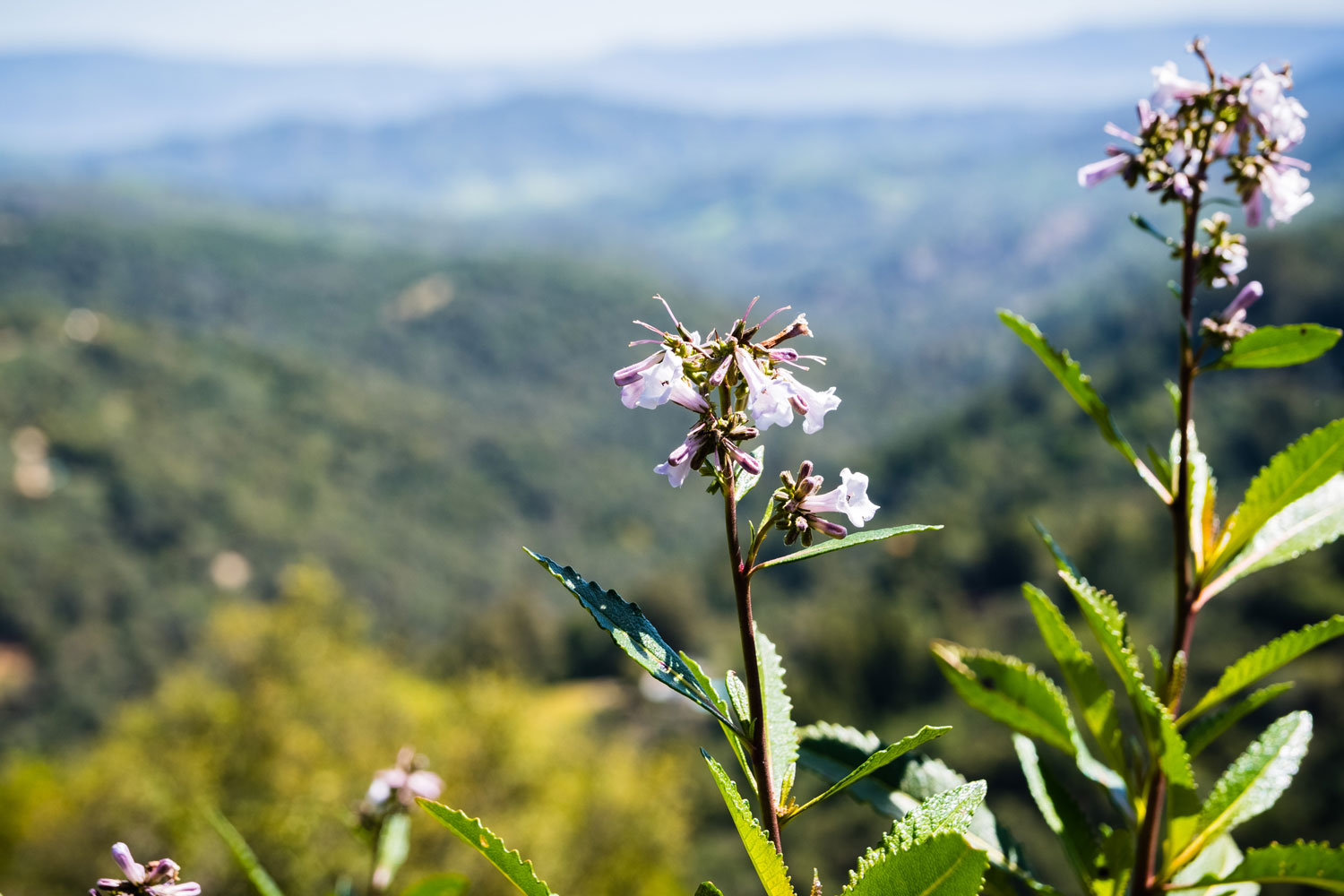
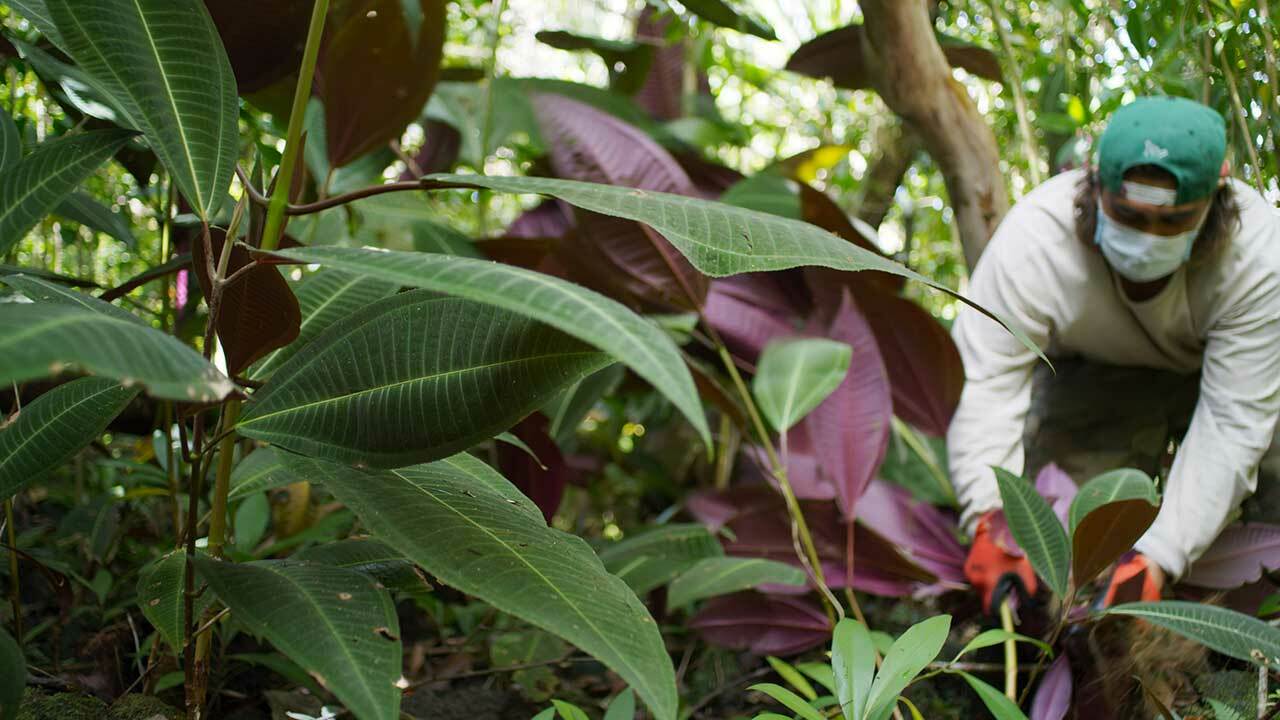
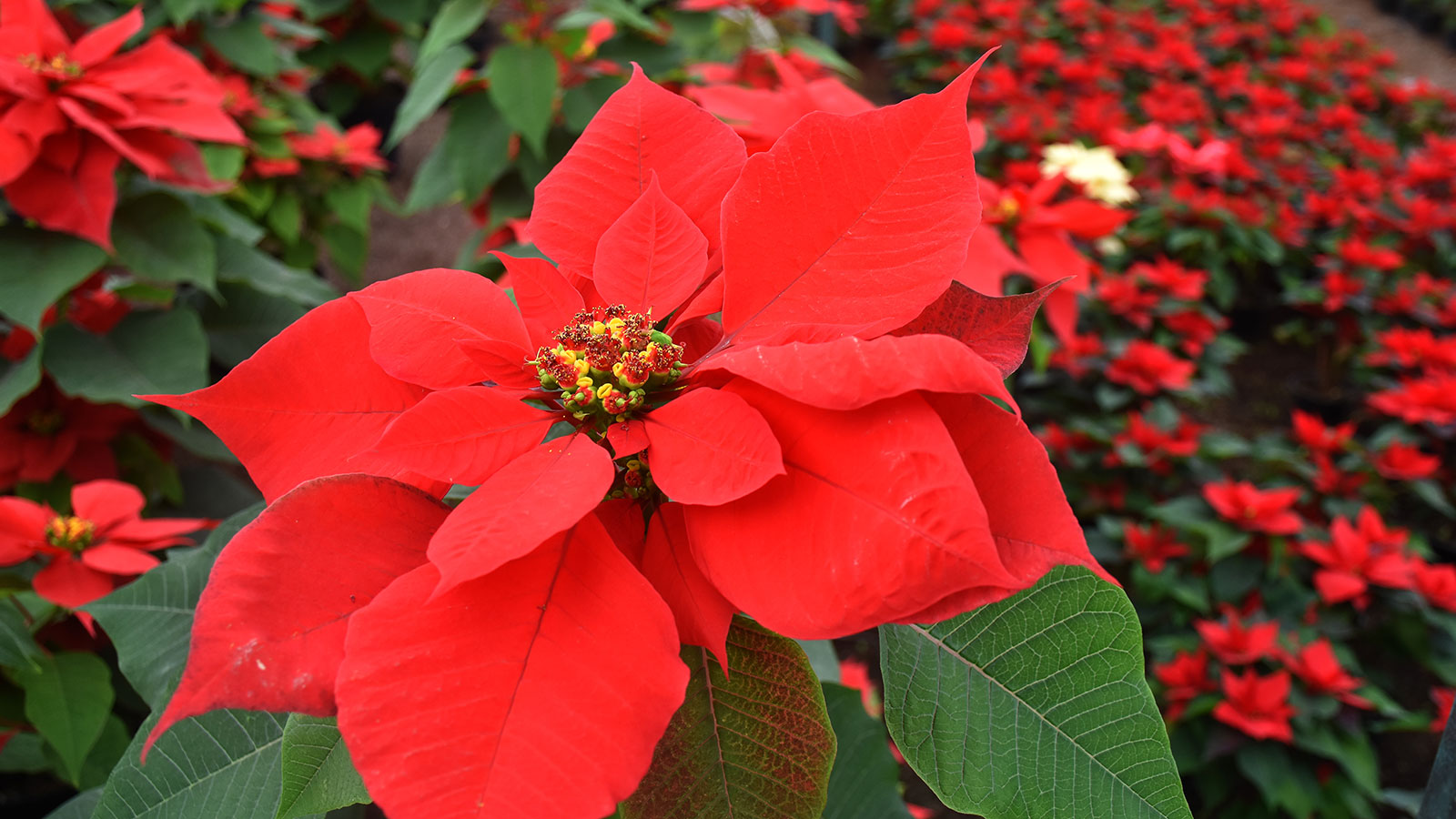

0 thoughts on “What Is The Hawaiian Plant That Is Not Native To Hawaii”